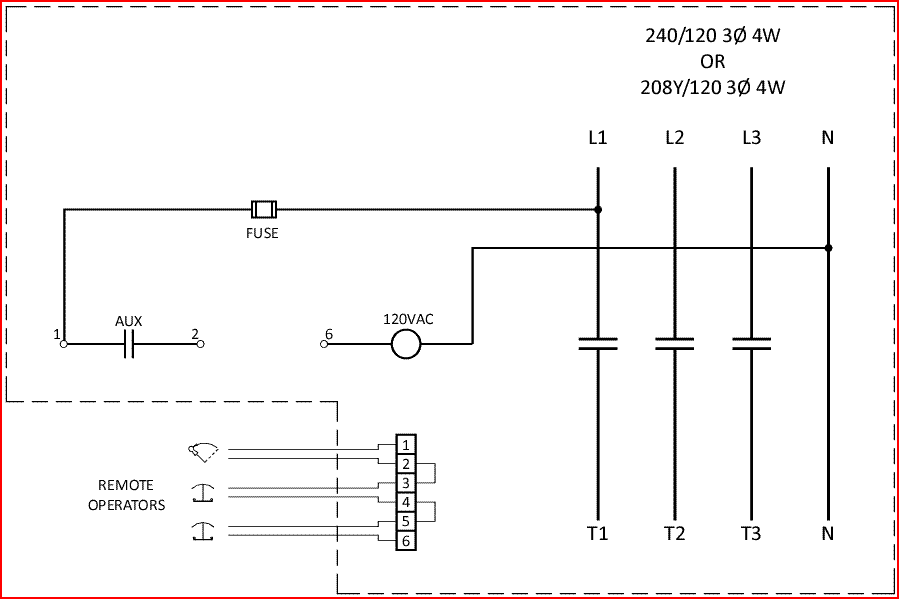RK, I can tell from your first two posts that you are eager to be an active participant in the design meeting of which you speak. "I have been there myself", and with that in mind I offer the following:
I feel there are just too many unknowns to offer "a wiring diagram", plus I would think emergency-systems design in the public domain carries with it quite a responsibility.
I would rather respectfully submit for your consideration a different approach to your participation. As you know, long before a project moves to the "wiring diagram" phase, a lot of design work has to take place. Perhaps you could step-in as a design coordinator, you might be surprised at how favorably that would be received among your peers. Once the scope is clearly defined and documented, you could then move to the next phase.
If you then want to take a shot at designing the logic, I would encourage you to Google "Relay Ladder Logic" (or similar) and make it happen on paper. You would then, of course, want to work through the review process with other qualified professionals. Because it could be considered life-safety, I would encourage you to seek the assistance of a qualified professional well versed in the various code requirements.
If you want to pursue the development of a project scope, I would be glad to offer a list of things that might be of value.

